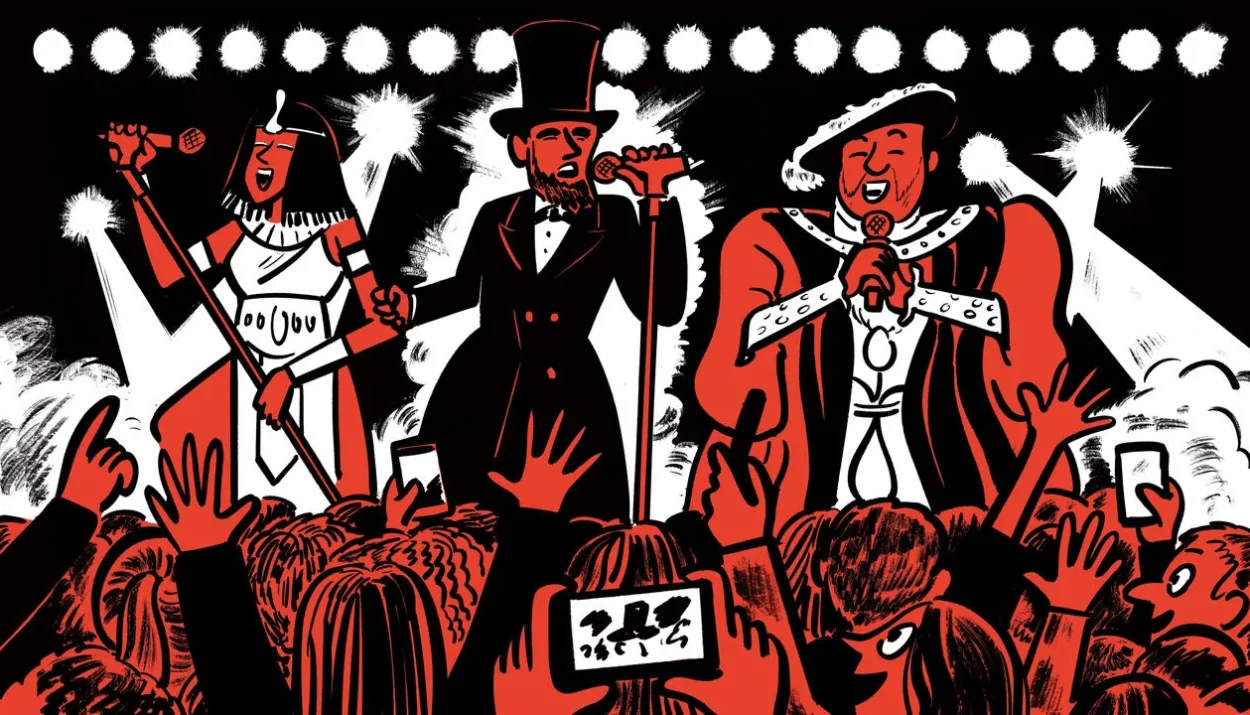History is becoming a thriving business, fueled by the rising popularity of history podcasts and a growing appetite for historical content in mainstream media. As reported by The Economist and BNN Bloomberg, this surge reflects both the public’s renewed interest in understanding the past and the profitability of history-driven media ventures.
Key Factors Behind the History Boom
1. Podcast Popularity
- Growth in History Podcasts: According to The Economist, history podcasts have seen a significant rise in listeners, with shows like Hardcore History and You’re Dead to Me becoming household names.
- Reasons for Growth: Podcasts offer accessible storytelling, blend entertainment with education, and cater to a growing desire for context in today’s complex world.
- Revenue Streams: Sponsorship deals, subscription models, and merchandise sales are generating substantial income for creators.
2. Media Investments in Historical Content
- Streaming Platforms: As highlighted by BNN Bloomberg, major platforms like Netflix and HBO have increased their investment in history-based series and documentaries. Productions such as The Crown and Chernobyl have garnered critical acclaim and commercial success.
- Publishing and Education: History books, online courses, and YouTube channels are also thriving, driven by consumer demand for deep-dive content.
3. Corporate Sponsorship and Partnerships
- Brand Involvement: Companies are leveraging historical themes in marketing, sponsoring podcasts, and collaborating with historians to create branded content that resonates with audiences.
Market Insights: The Business of History
Let’s examine the market trends for history-focused media and its economic impact:
| Category | Revenue Growth (2020-2025) | Examples |
|---|---|---|
| Podcasts | +75% | Hardcore History, You’re Dead to Me |
| Streaming Content | +60% | The Crown, Chernobyl, Oppenheimer |
| History Books & Media | +40% | Bestselling biographies, educational platforms |
| Corporate Partnerships | +35% | Branded history podcasts, historical campaigns |
Future Outlook
Opportunities
- Global Expansion: History podcasts and media are increasingly finding audiences worldwide, with translations and localized content opening new markets.
- Tech Integration: Augmented reality (AR) and virtual reality (VR) are expected to further enhance historical storytelling, creating immersive experiences for consumers.
Challenges
- Content Saturation: The influx of history-related content could lead to audience fatigue if not curated effectively.
- Accuracy vs. Entertainment: Striking a balance between historical accuracy and engaging storytelling remains a challenge for creators.
The history business is booming, driven by a combination of podcast popularity, media investments, and corporate partnerships. As audiences continue to seek meaningful and educational content, history’s appeal as both a cultural and commercial force shows no signs of waning.










